





November weather is usually pleasant in the Deep South. A cold snap sometimes makes an appearance, but most days are perfect for gardening activities. Gardeners are much like squirrels preparing for winter. We hurry and scurry trying to get it all done before the first killing frost.
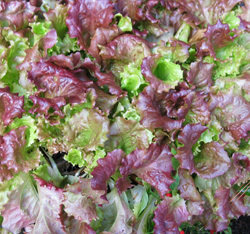 What to Plant
What to Plant
Many herbs and vegetables thrive in Deep South winters. Assorted lettuces, mesclun mixes, green onions, parsley, dill, and chives are the ingredients of many tasty salads. Even a few leaves dress up iceberg lettuce and make a dramatic difference. Most of these plants grow well in containers and are attractive in flower borders, so do not despair if you don't have a vegetable garden. Other herbs to enjoy during winter are cilantro, fennel, rosemary, and thyme.
Possible crops for the vegetable garden are extensive. Now is the time to plant such cold tolerant plants as broccoli, cauliflower, collards, turnips, beets, Brussels sprouts, cabbage, carrots, endive, escarole, kale, kohlrabi, leek, lettuce, mustard, parsley, and radish. November offers an opportunity to set out onions and strawberries for spring crops. Consult your Extension office for the best varieties for your area.
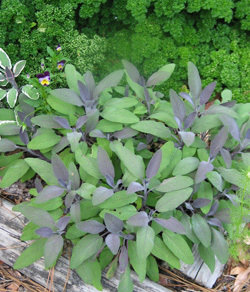
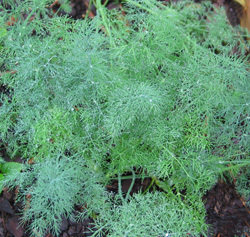
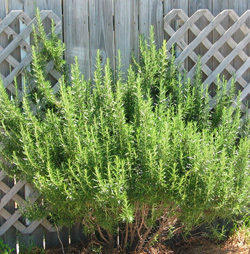
Winter-blooming annuals decorate landscapes throughout the South. Gardeners continue to tuck in more cold-hardy annuals such as pansy, viola, sweet alyssum, dianthus, nemesia and diascia, ornamental cabbage and kale, snapdragons, and calendula. Seeds of stock, nigella, bachelor's button, larkspur, candytuft, and other hardy annuals can be planted now for welcome color in early spring.
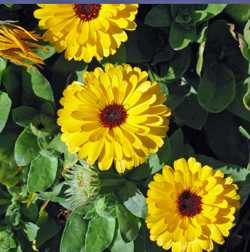
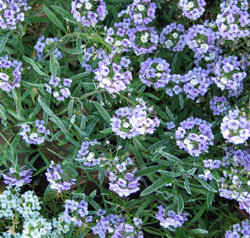
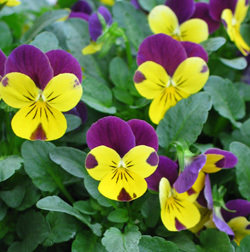
Other kinds of plants benefit from planting in late fall and early winter. Hardy bulbs include Alstroemeria, amaryllis, iris (Dutch and native), Leucojum, Easter lily, Narcissus, and tiger lily. Plant trees and shrubs now so they will become established before next summer. Our summer's heat is harder for newly planted shrubs and trees to endure than winter's cold.
To Prune or Not to Prune?
Most of us notice more dead stalks than blooming flowers in our gardens at this time of year. The sunflowers, salvias, and coneflowers have seed heads still showing, and we know that the first frost will kill any green foliage or flowers remaining. Some gardeners are unsure whether or not to tidy up the garden by removing dead plants after the first killing frost. Should we cut the dead stems back, or should we leave them in place during the winter?
Those who think that we should remove the dead seed heads believe that by removing them any remaining energy won't be spent forming seeds but will be returned to the plant for root formation. The neat freaks among us insist that the landscape must be prim, so dead, unattractive stalks must be removed.
However, others argue that seed heads add interest to the garden in winter. Sunflower stalks, grasses, and some perennials provide food and cover for wildlife. Birds can't eat seeds that we cut down and relegate to the garbage or compost. Overwintering butterflies may be removed with the debris. Also, remember that the dead foliage and stems provide a layer of insulation that will protect the crown and roots of plants during freezing weather.
In some instances there is no doubt about what to do. Obvious signs of disease and insect infestations should be removed and destroyed. Removal of damaged branches of trees and shrubs is a no-brainer. All weeds should be removed in order to avoid further infestation.
Plant a Tree
Late fall and early winter are the best time to plant trees in the Deep South. Trees provide the structure and backdrop for our gardens. They offer shade and wildlife habitat, reduce stormwater runoff, and increase soil stability. A well-placed tree can reduce air-conditioning cost by hundreds of dollars over a period of years. It can reduce air pollution in your living space and add immeasurably to the beauty and livability of your landscape.
On the other hand, trees can cause thousands of dollars in removal fees and property damage. It pays to choose carefully. Strong wood is more important than fast growth in wind-prone areas. Choose trees with a proven track record and site them far enough away from your house that they will not become a liability during wind events.
Some wind-strong, deep-rooted, long-lived trees recommended for the Deep South include live oak, sand live oak, Southern magnolia, bald cypress, crape myrtle, black gum, sweet bay, dogwood, and American holly.
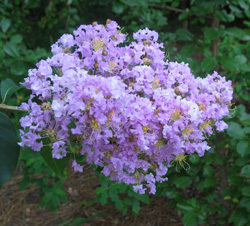
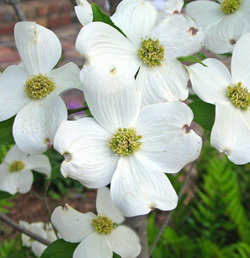
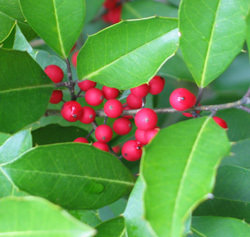
Gardening Tasks
As we're out and about, we continue to rake fallen leaves and pine needles. Put these riches to work in your landscape by using them to mulch around trees, shrubs, and tender plants. Layer the mulch two to three inches in your garden beds, but avoid piling it up around the stems of plants. If you simply have more than you can use, consider starting a compost pile. Rotted leaves are an excellent soil amendment.
Trick tulips into thinking they spent the winter in a cold climate. Purchase them now and place them in a bottom tray of the refrigerator for at least six weeks. Afterwards, plant them out either in beds or in containers. As spring approaches, they will arise from their wintry beds and offer stunning color before the heat diminishes them. Don't consider them perennials, however. They cannot survive our summers. Pull them up and relegate them to the compost pile after they bloom.
Should you winterize your lawn or dormant plants? Current wisdom says no, especially with fertilizers that contain nitrogen. Nitrogen stimulates new growth that can be damaged by the season's first frost or freeze. However, those hardy plants that thrive during the winter will appreciate some fertilizer. Lycoris and other bulbs that have winter foliage, winter bedding plants like pansies and snapdragons, and winter vegetables should be fertilized for best growth.
Serious gardeners take cuttings of their favorite tender plants before the frost pays a visit. Begonia, allamanda, angel's trumpets, coleuses, firebush, firespike, glory bowers, impatiens, mandevilla, pentas, Cuphea, Philippine violet, salvias of all kinds, shrimp plant, tibouchina, Turk's cap, --all perennials or tender shrubs that frost kills can be propagated if cuttings are taken before frost damage. Stick cuttings in damp potting soil, sand, or perlite, and tuck them in the greenhouse or other protected place.
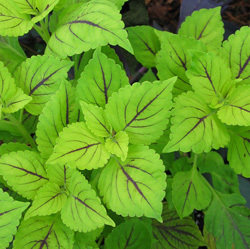
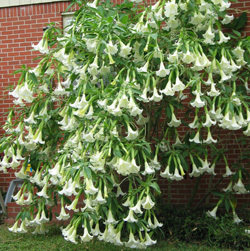
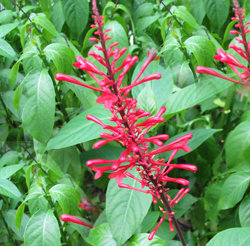
Simply put, late fall and early winter are busy times for gardeners in the Deep South. The oppressive heat and humidity of summer is past, and many pleasant days remain that beckon us into the garden. We Southerners are fortunate; we're in the garden while friends farther north view their frozen wonderland from cozy interior spaces. Lucky us, we Southerners!
Copyright © www.100flowers.win Botanic Garden All Rights Reserved